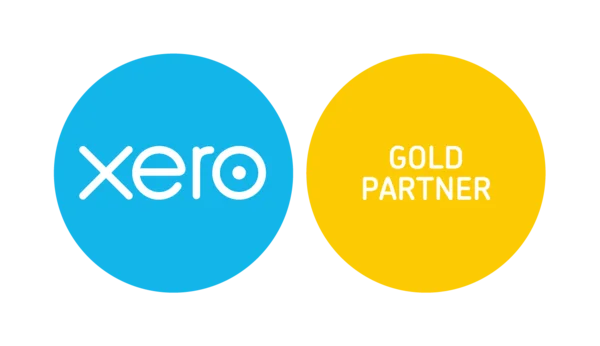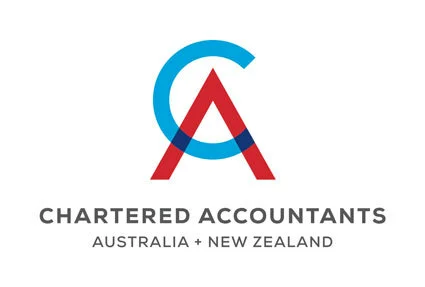Financing Your Small or Medium Sized Enterprise (SME)
There are a few essential ingredients to founding, running, and growing a successful small or medium sized enterprise in Australia, or anywhere for that matter. Motivated staff, a great product or service, and a willingness to put in the hours required all go without saying.
But without the appropriate finance, those things can become impossible. So here are the most common forms of business financing available today, and how you can use each.
Bootstrapping
This method of financing a business has come into fashion recently with a new start up and entrepreneurial culture taking hold. It refers to growing the business by borrowing money from personal networks including family and friends.
Bootstrapping also refers to when early employees, usually founders, contribute their own savings to help finance the business.
Loans
By far the most common form of financing for an early stage company is a loan agreement with a bank or building society. However, this is often easier said than done, with banks historically being risk-averse when it came to loaning money to early stage enterprises.
However, all of the Big 4 banks have beefed up their small and medium sized enterprise credentials in recent years. Some, like ANZ Bank and NAB have announced billion-dollar lending pledges to help show their commitment.
Overdrafts
Once a business grows to a certain size, banks are far more likely to offer it an overdraft facility. This is an account that recognises that sometimes cash flow from clients is irregular and lumpy, and does not line up neatly with business expenses.
As a result, overdraft facilities allow a cash account to go into a negative amount, so that the business can keep running if there is a short term cash flow delay.
Line of Credit
A line of credit operates a lot like an overdraft facility, but with one important difference. Lines of credit are typically “secured” against an asset, like property. As a result, the interest rates are lower, and the amount borrowed can be higher.
But the risk is that in the event the business cannot service the line of credit, the bank has the right to sell or refinance the asset in order to recoup their loss.
Invoice Finance
For businesses in certain industries where payment can often be delayed or over a long time line, loans can be made against invoices. The arrangement works by demonstrating that the business has strength in its accounts receivable, and therefore has the ability to repay the financed amount at a later date.
There are many innovative ways of financing a small or medium sized enterprise in Australia, and the best type will depend on you and your business.
Our professional and friendly team at Scott Partners are on hand to discuss the best financing solution for your business. We welcome your call to discuss the best way forward for you.






